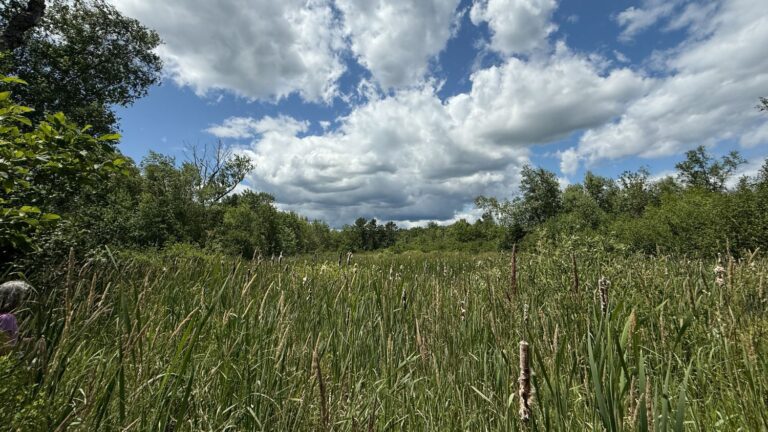Students and staff in rural Maine are using teletherapy to help access much-needed behavioral health services.
Baileyville, Maine (pop. 1,318), was experiencing a youth mental health crisis in their community and a severe shortage of mental health providers.
The problem reached a precipice in 2021 and 2022, said Kate Perkins, deputy director for U.S. program development at MCD Global Health. Of the more than 4,500 fully or conditionally registered clinical social workers in Maine, fewer than 4,000 live in the state, and fewer than 50 in Washington County.
“One of the things that we were seeing is the result of Covid,” Patricia Metta, superintendent of AOS 90 school district, which includes the Woodland Elementary and Woodland Junior-Senior High School, told the Daily Yonder. “We saw kids not returning back to school, many of them had gotten so used to being in their homes for at least a year, that their social issues, they couldn’t handle being social. They didn’t know how to deal with social issues.”
There were also several suicides, both within the school system and the community at large, she said.
The country as a whole is grappling with a lack of physicians, but it is more acute in rural areas. A 2021 Association of American Medical Colleges (AAMC) study found that the U.S. could see a shortage of between 37,800 and 124,000 physicians by 2034.
To combat the negative health effects, a collaborative effort coordinated by MCD Global Health now gives students and staff at Woodland Elementary and Woodland Junior-Senior High School in Baileyville, and across the county’s AOS 90 school district, access to virtual behavioral health services and other needed resources.
A $500,000 matching grant from Point32Health Foundation helped the community get started on the initiative. Additional funding helped the program reach a total of $1.5 million in resources.
Since the program began, 30 students have been matched with behavioral health providers in person and virtually. The program is on track to serve a total of 80 students by July 31, 2023. The school district has 380 students across four schools.
“We do see kids reaching out for help. They’re asking to see their provider. They’re asking for their teletherapy sessions,” Metta said. “We see them talking to people. And we do believe that eventually that will lessen their anxiety. And we are seeing kids come to school more. Attendance has really improved.”
The program started through a community assessment in August 2021 that found access to behavioral health resources as an urgent need, Metta said. Initially, officials put teletherapy equipment in both schools and weren’t sure what the result would be, she added.
“We thought, there’s a couple of kids that will take advantage of it,” she said. “Well, since then, we’ve lost our full-time provider. And every day we’re picking up more and more kids on teletherapy…And if they can’t relate well with the in-house provider, then they have the option of teletherapy as well. So it’s a win-win for everybody.”
Jessica Melhiser, children’s program manager at Aroostook Mental Health Services Inc. and care navigator for the program, said in a statement that the program has transformed health and well-being for students and families in the communities.
“Students are getting the support they need and sharing the benefits with their classmates, their families, and others who need help. It brings hope to the hallways,” she said.
Perkins said they haven’t solved all the problems, nor are they trying to.
“What we have done is rebuild confidence and re-ignite belief that it can get better,” she said. “The early work was really slow. It took a long time to build trust. It took the local leaders seeing us deliver, in terms of getting matching funds or equipment, for them to believe us when we said that this or that was viable and could get funded.”
Metta said the program had initiated other positive movements, like creating a food pantry and a garden for students.
“I think as a result of the teletherapy program, and the community, the rural community getting involved, that’s what it took, in order for this to be successful.”







